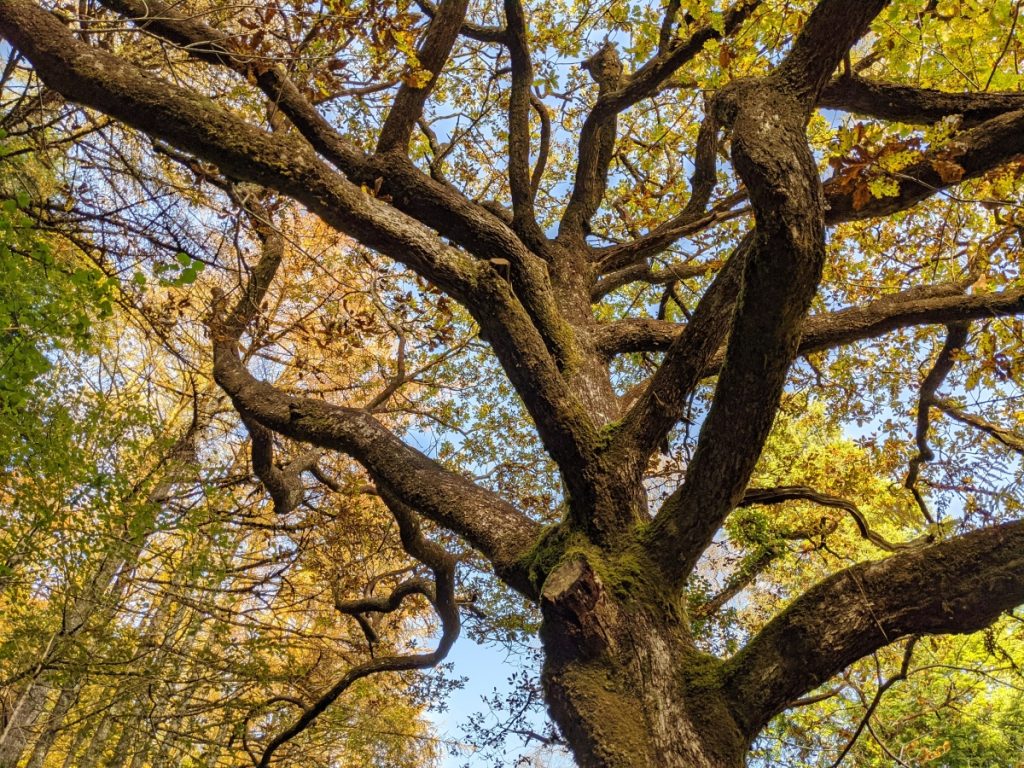
As we start a new month, we’re looking back on the events of May. In which the Government set out their new plans for tree planting in England over the course of the next four years. The England Trees Action Plan (ETAP) sets out the long-term vision for trees and woodland across England[1]https://www.gov.uk/government/publications/england-trees-action-plan-2021-to-2024#:~:text=The%20England%20Trees%20Action%20Plan,England%20by%202050%20and%20beyond, a key move in the Government plans to reach net-zero emissions by 2050. The plan details the strategic framework and policy behind the Government’s tree-plating aims and targets, but if you’re looking for a brief summary of the Trees Action Plan, look no further.
The Government plans aim to “at least treble tree planting rates in England by the end of this Parliament”[2]https://news.sky.com/story/plan-to-treble-tree-planting-rates-in-england-for-climate-and-nature-12307686, with plans to plant 7000 hectares per annum. Currently, UK tree cover accounts for just 13% of the country, equating to one of the lowest areas of tree cover in Europe[3]https://www.independent.co.uk/climate-change/news/tree-planting-environment-bill-labour-b1853726.html. Bound by law, the UK Government has committed to reaching a target of net-zero emissions by 2050[4]https://www.gov.uk/government/news/uk-becomes-first-major-economy-to-pass-net-zero-emissions-law. Forestry Commission Chair, Sir William Worsley has stated that “trees are central to the Government’s plans to achieve this”, with the ETAP acting as the way in which “we can realise these huge objectives”.
Though seemingly ambitious, the plans have been criticised for failing to fulfil targets[5]https://www.independent.co.uk/climate-change/news/tree-planting-environment-bill-labour-b1853726.html. Our friends over at the Woodland Trust[6]https://www.woodlandtrust.org.uk/ have suggested that the “headline grabbing” plans for trebling woodland places greater focus on early action, meaning that the plan is lacking in important long-term targets and timescales required to deliver proper climate action[7]https://www.wcl.org.uk/england-trees-action-plan-welcome-measures-but-long-term-vision-needed.asp. The Woodland Trust take note of the short, 3-year funding agreement which accompanies the plan, failing to account for the “long term vision for England’s trees and woods”, without long term vision the UK may fail to ensure that woodlands are “part of our landscapes, delivering for nature and climate”.
The Climate Change Committee[8]https://www.theccc.org.uk/ (CCC), the independent climate advisor for the UK government[9]https://www.gov.uk/, has suggested that the net zero target requires the UK tree cover to increase from 13% to at least 17% by 2050, demanding 30,000 hectares to be planted each year to meet our climate goals[10]https://www.carbonbrief.org/qa-how-will-the-uks-strategies-for-trees-and-peat-help-achieve-net-zero-by-2050. More than four times the current target of 7000, as outlined in the ETAP[11]https://www.gov.uk/government/publications/england-trees-action-plan-2021-to-2024#:~:text=The%20England%20Trees%20Action%20Plan,England%20by%202050%20and%20beyond. Labour has spoken out on the plans, highlighting that at the current rate of tree-planting across the UK, the government will miss it’s 2050 climate targets by over 40 years[12]https://www.independent.co.uk/climate-change/news/tree-planting-environment-bill-labour-b1853726.html.
To make matters worse, native UK woodland has been labelled as reaching a ‘“crisis point”, with the Woodland Trust finding that just 7% of Britain’s forests are currently in good ecological shape[13]https://www.independent.co.uk/climate-change/news/woodland-forests-climate-change-pollution-b1831122.html. With the desperate need for new woodland, and the state of our forests in crisis, critics have further warned that placement for tree planting must be “carefully considered”[14]https://news.sky.com/story/plan-to-treble-tree-planting-rates-in-england-for-climate-and-nature-12307686, so as to avoid further harming wildlife and carbon-rich areas.
With the growing concern from critics that the government may fail to deliver on their climate promises and that there may not be enough available land to hit UK tree planting targets, this pushes the question as to where these 7000-30,000 hectares of woodland are going to go?
Thankfully our data-driven afforestation initiative, Vana has identified the right type of land to even exceed the targets set for UK tree planting. Hidden within corporate landholdings. Vana is an open data platform which identifies available land and connects those companies with that land to potential funding and tree-planting community action groups. For businesses to account for their part in reaching our net-zero target, and offsetting current corporate emissions, the first step is simply to register for our afforestation-with-data platform, Project Vana.
References
